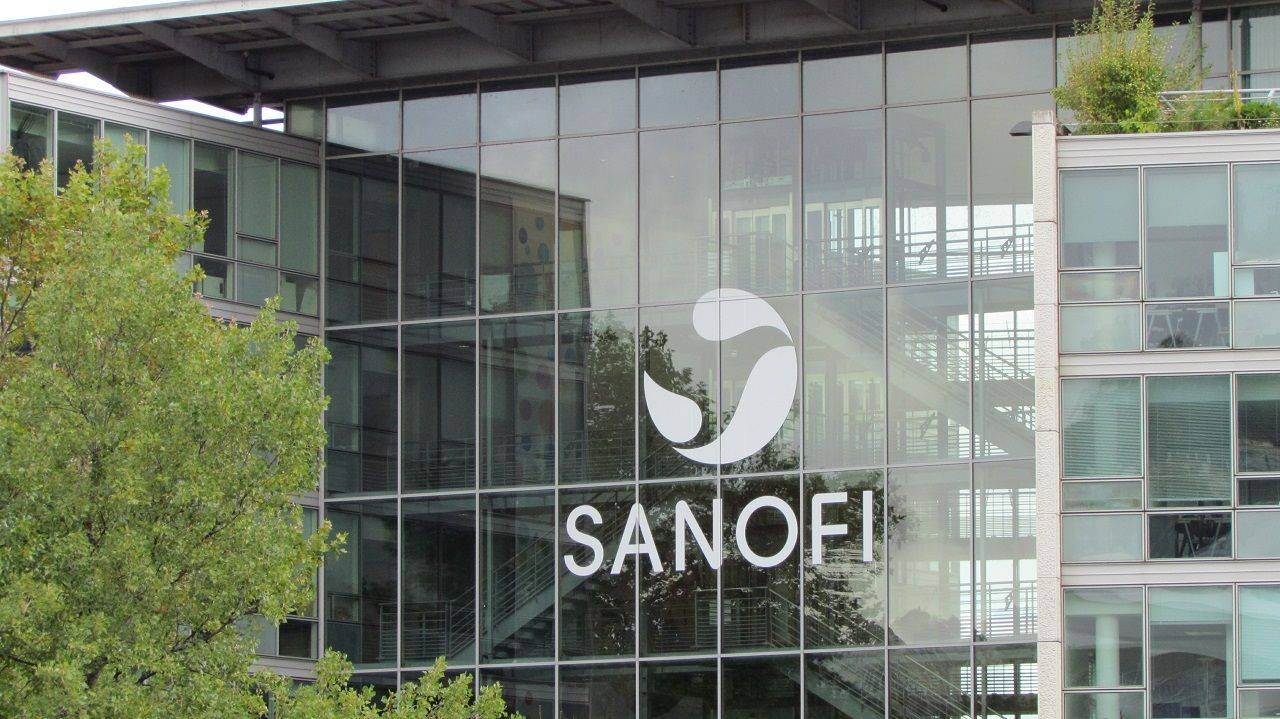(AOF) – Sanofi (-1.09% to 97.76 euros) “reaffirms its ambition to generate annual sales of more than 10 billion euros in vaccines by 2030, thanks to the accelerating the pace of its innovation”. This is what the pharmaceutical laboratory affirms on the occasion of its Investor Day “dedicated” to its research and development portfolio Vaccines”, while it plans to “launch at least five phase III programs of innovative vaccines by 2025”.
The group specifies that the sustained growth of the Vaccines business will be driven by “its main franchises, namely influenza, meningitis and pediatric vaccines”, and supplemented by the RSV franchise, with vaccines that are “the best of their category for the protection of infants, young children and elderly adults”.
Sanofi recalls that it has “recorded solid progress in terms of strengthening its R&D Vaccines”, in particular thanks to the rapid development of a cutting-edge mRNA platform and to industrial and commercial know-how of an international dimension.
AOF – LEARN MORE
Key points
– 5th worldwide pharmaceutical group, created in 1994, 1st in Europe, and 1st worldwide in vaccines;
– Sales of €43 billion from 4 divisions: specialty medicine (immunology, neurology and oncology) for 41%, general medicine for 31.5%, vaccines for 16% and consumer health;
– Growing share of the United States in sales (43.6%) ahead of Europe (24.6%) and the rest of the world 31.8%;
– Business model in 4 points: a simplified organization, a restructured portfolio containing more organic products, a transformed R&D and strong ambitions in terms of profitability and financial solidity;
– Split capital (excluding L’Oréal: 9.48% of shares and 16.95% of voting rights), Serge Weinberg chairing the 16-member board of directors, Paul Hudson being CEO;
– Very solid balance sheet, €73.5 billion in equity, €6.4 billion in net debt and €8.5 billion in free cash flow.
Challenges
– 2025 “Play to win” plan aimed at creating an agile group and the world’s No. 2:
– 2023/25: reduction of 1/3 of product families, productivity driven by R&D and digital in factories and operating margin of 32%;
– Innovation strategy:
– 5 areas of research: immunology & inflammation, oncology, neurology (particularly sclerosis), rare hematological diseases & rare diseases, vaccines,
– 91 ongoing projects including 1/3 in phases 3 and 5 awaiting approval by the authorities,
– developed in collaboration – Kymera for immunology, Translate Bio in RNA for vaccines – or by acquisitions – Kiadis, Biopharma, Kymab for oncology,
– supported by technological platforms: small molecules, antibodies, proteins, hemogenetics, genomics;
– Planet Mobilization environmental strategy aiming for total carbon neutrality by 2045:
– 2027: elimination of plastic packaging for vaccines,
– 2025: eco-design of all new products;
– issues of lines of credit indexed to sustainable development;
– Impact of the 5 “priority” drugs: Amcenestrant (breast cancer), Fitusiran (RNA for hemophilia), Efanesoctocog (hemophilia), Nirsevimab and Nisevimab (respiratory viruses) and Tolebrutinib (multiple sclerosis):
– Commercial monitoring of drugs approved by the FDA (Dupixent) or recognized as innovative (Efanesoctocog alpha for haemophilia) and approved by the European Commission (Nexviadyme and Xenpozyme);
– After Origimm, specialized in research on skin conditions, Kadmon and Owkin, acquisition of Amunix in immuno-oncology (biological agents) and expansion of the collaboration with Innate Pharma (natural killer cells).
Challenges
– Resistance to competition from Aubagio generics, launched in the 1st half;
– Monitoring of regulatory authority approvals: Altuviliol and Beyfortus, launched in 2023, and Enjaymo;
– Positive phase 2/3 results for Acoziborole (sleeping sickness);
– After the 8% increase in 2022 results, expectations for 2023: €10 billion in sales for Duplixent and growth in earnings per share of less than 10%;
– 2022 dividend of €3.56.
Find out more about the “pharmacy” sector
Loss of speed in European research
European research is losing ground to American and Chinese research. In twenty years, Europe’s share has fallen from 41% to 31% in global R&D. China’s share jumped from 1% to 8%. As for the United States, which supplanted Europe, in 2001 it devoted only 2 billion euros per year more than Europe to R&D, whereas now this gap has reached 25 billion! Some experts accuse the European authorities of not having deployed effective policies. The financing of pharmaceutical research should therefore have been better targeted via the “Horizon 2020” programme. France only comes in eighteenth position in European funding despite the quality of its research. Conversely, the United States concentrates funding on Boston and a few centers of excellence.
